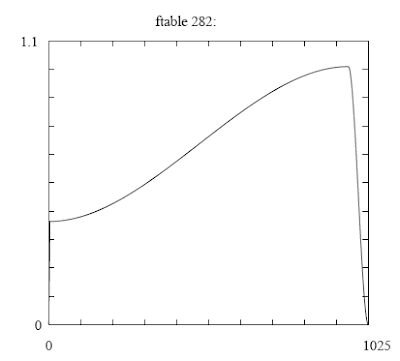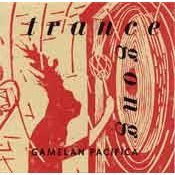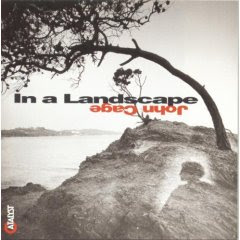Listen here: 
Subscribe here: 
This is a piece I put together in 2000. It’s the first of my “Fake but Accurate” pieces, based on samples, tuned to the Partch 43-tone tonality diamond. I used some restaurant samples and convolved it with a church, to make it sound like it was recorded live. There are restaurant noises to set the mood, and broken glass to punctuate the rhythm. It’s scored for Tuba, Piccolo, Guitar, Marimba, Bongos, Trumpets, Trombones, and assorted implements available to waiters in a Mexican restaurant in Ajijic around the turn of the century. It’s kind of an audio version of PhotoShop.
I wrote about it at the time, in 2000:
Omar and the Bandoleros are a band I first heard playing at a party in Ajijic, Mexico. Omar is the band’s leader, as well as their tuba player. His wife Angelina plays the piccolo. Omar is tall and thin and has a neatly trimmed mustache. Angelina has let her weight get away from her, and is pushing 120 kilos, easy. Every Friday night they play Mariachi music in the moonlight for the wealthy retired Americans in Ajijic at the Posada. But on Saturday nights they move to the school gym off the town square and step up the tempo. Earlier, on the night these recordings were made, Angelina and Omar had been fighting over something. Enrique, the first trumpeter said it was over Omar loosing money at the cock fights. Roberto, the bongo player, felt that Angelina was angry over Omar spending all Friday afternoon helping the new guitar player, Rosa, learn the new changes. Angelina felt the new changes were not all for the good, if you know what I mean.
Omar wanted to diffuse the situation by playing some romantic music with Angelina, and that is how this tune starts. Francesco the marimba player begins the tune with a gently rocking ostinato in C major otonality. Omar entices Angelina to join in with a sweet bass line on his tuba. Hector and his trombone section join in to complement the sound. When Rosa joins in on guitar, the pace quickens rapidly. Pretty soon the tempo and the heat rise as it becomes clear Angelina wants more than sweet music from Omar. The group is rocking through some bizarre changes at 150 bpm.
After this recording was made, Omar left the stage with Angelina, and the remainder of the band finished out the set without them. Rosa was asked to leave the band the next day, and has been hanging out in Colorado with a guy named Nelson in Durango, driving a Suburban into town every day to pick up her mail and her royalty checks. Omar continues to lead the band every weekend, but Angelina is thinking of quitting to join the Guadalajara Philharmonic. She says she is going to be the next latin jazz piccolo legend … with or without Omar.
I’m not sure where the group first learned to tune their marimba to the Partch 43 tone scale. Rosa the guitarist found her axe in a dumpster outside Peteluma and quickly fell in love with the big chords made possible with the otonality. Omar just likes the chance to show off his embrochure, if you know what I mean.






